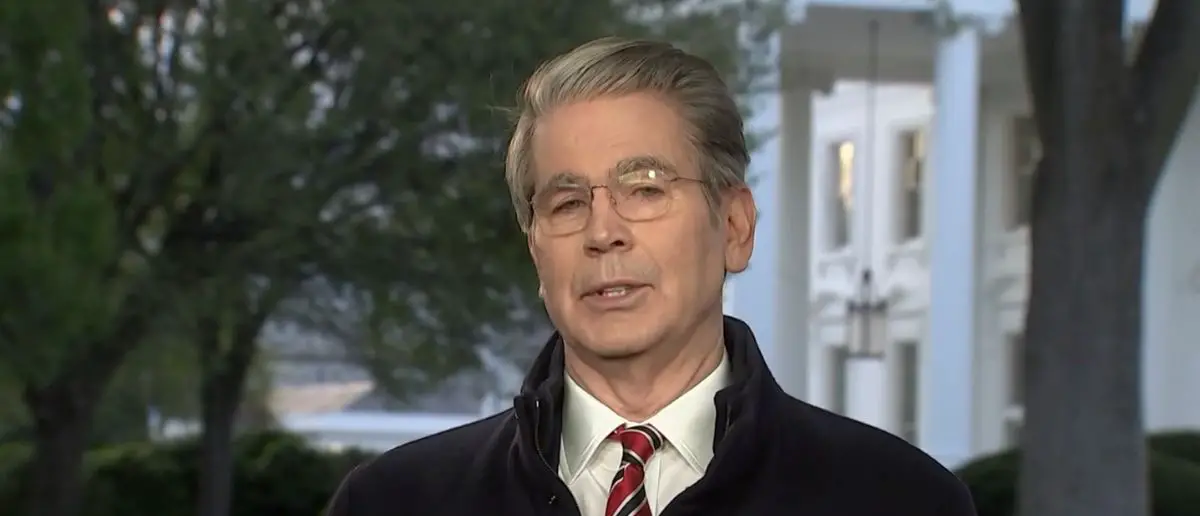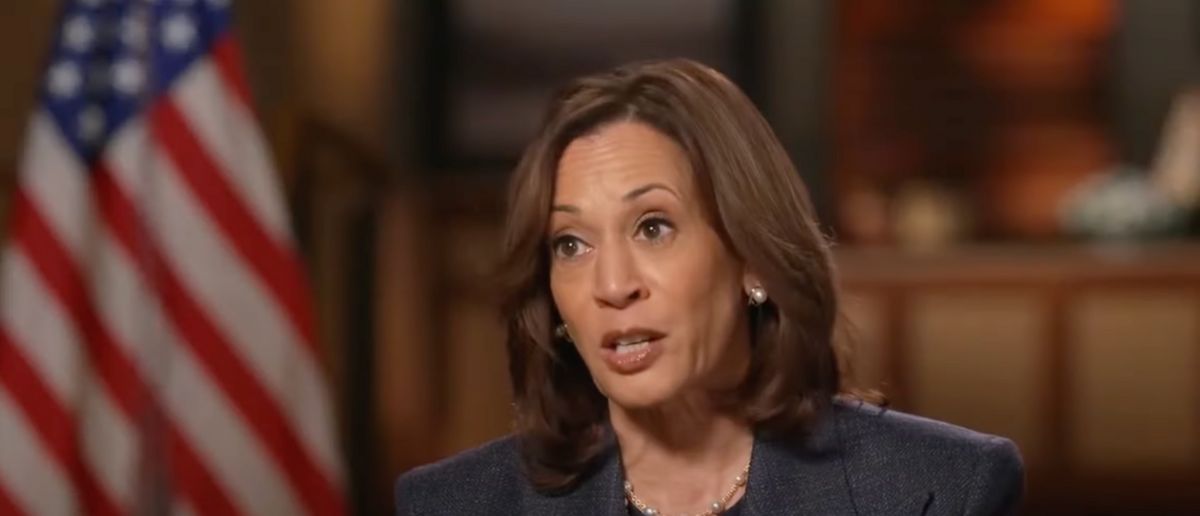
The debt has ballooned out of control. And we’re running on borrowed time.
Now Treasury Secretary Bessent unveiled a bold plan to slash the National Debt.
Treasury Secretary Advocates Economic Growth to Tackle National Debt
On Friday, Treasury Secretary Scott Bessent outlined a strategy to address the United States’ escalating national debt by prioritizing economic expansion.
His remarks come amid debates over President Donald Trump’s recent legislative proposal, which has sparked concerns about its impact on the federal deficit.
Bessent, speaking on Fox News with host Bill Hemmer, addressed worries about Trump’s “Big, Beautiful Bill,” which the Congressional Budget Office (CBO) estimates will add $3.8 trillion to the deficit over the next decade.
With the national debt nearing $37 trillion and the federal deficit exceeding $2 trillion, Bessent emphasized a growth-driven approach, stating, “We think that we can both grow the economy and control the debt. And what’s important, Bill, is that the economy grows faster than the debt.”
He highlighted the debt-to-GDP ratio, which stood at 124% in December, down from a peak of 130.4% in March 2021, noting, “If we change the growth trajectory of the country, of the economy, then we will stabilize our finances and grow our way out of this.”
Strategy of Tax Cuts and Deregulation
Bessent’s plan centers on reducing taxes and implementing deregulation, key components of Trump’s “Big, Beautiful Bill.”
He argued that these measures would stimulate manufacturing, sales, and consumer spending, thereby increasing tax revenue without raising tax rates. During the 2024 campaign, Bessent articulated goals to “cut the deficit to 3% by 2028; achieve 3% real economic growth, largely through deregulation; and then add 3 million new barrels of energy per day,” as he told Bloomberg.
He also noted Trump’s commitment to controlling the national debt “without causing a recession.”
However, a CBO report from last year projected that the deficit would grow to 8.5% of GDP by 2054, driven by rising interest costs and sustained primary deficits, stating, “The deficit increases significantly in relation to gross domestic product (GDP) over the next 30 years, reaching 8.5 percent of GDP in 2054.”
Congressional Pushback and White House Response
The bill has faced resistance from some conservative Republicans concerned about its impact on federal spending. Reps. Thomas Massie (R-KY) and Warren Davidson (R-OH) voted against it, with Davidson stating, “While I love many things in the bill, promising someone else will cut spending in the future does not cut spending. Deficits do matter and this bill grows them now. The only Congress we can control is the one we’re in. Consequently, I cannot support this big deficit plan. NO.”
In the Senate, Sen. Rand Paul (R-KY) opposed the bill’s inclusion of a debt ceiling increase, warning:
“We’ve never, ever voted to raise the debt ceiling this much. It’ll be a historic increase. I think it’s not good for conservatives to be on record supporting a $4 [trillion] or $5 trillion increase in the debt ceiling.”
The White House, through Press Secretary Karoline Leavitt, dismissed Massie and Davidson as “grandstanders,” with Leavitt saying, “I don’t think he likes to see grandstanders in Congress. What’s the alternative? I would ask those members of Congress. Did they want to see a tax hike? Did they want to see our country go bankrupt? That’s the alternative by them trying to vote ‘no.’ The president believes the Republican Party needs to be unified.”





